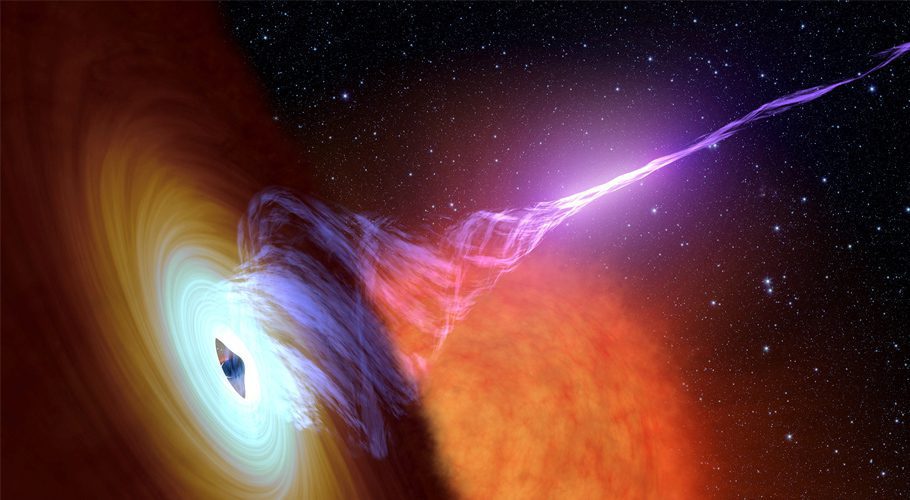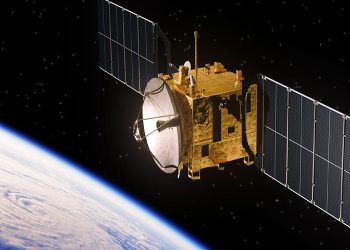NASA’s powerful space probe has discovered another near-Earth black hole, while the number of black holes discovered in our Milky Way galaxy is far greater than the number of black holes ever discovered.
According to details, black holes are divided into different types based on their volume. Some weigh about 100 to 1000 times the mass of our bodies. Medium-sized black holes have been found in other galaxies.
Astronomers believe that there are more than 150 globular clusters orbiting our Milky Way galaxy, while millions of black holes in this galaxy remain undiscovered. Black holes can be detected by the motion of stars around them.
Read more: NASA’s decommissioned satellite RHESSI to crash back to Earth
NASA’s Hubble Space Telescope has provided close-up observations of the nearby globular star cluster Messier 4, revealing a very dense central body of 800 solar masses that astronomers agree is nothing more than a black hole. no
Direct observation of the suspected black hole has not yet been made possible, but a possible black hole can be inferred from the motion of the stars affected by its gravity. There are also black holes in other globular star clusters and the outskirts of other galaxies.
Scientists believe that the discovery of a suspected medium-sized black hole provides strong evidence for the existence of this rare class of black holes and will increase our knowledge of their formation and distribution in the universe.
According to the estimates so far, astronomers believe that the suspected black hole observed in Messier 4 is 6,000 light-years away from Earth, marking a new addition to the near-Earth black holes.


































